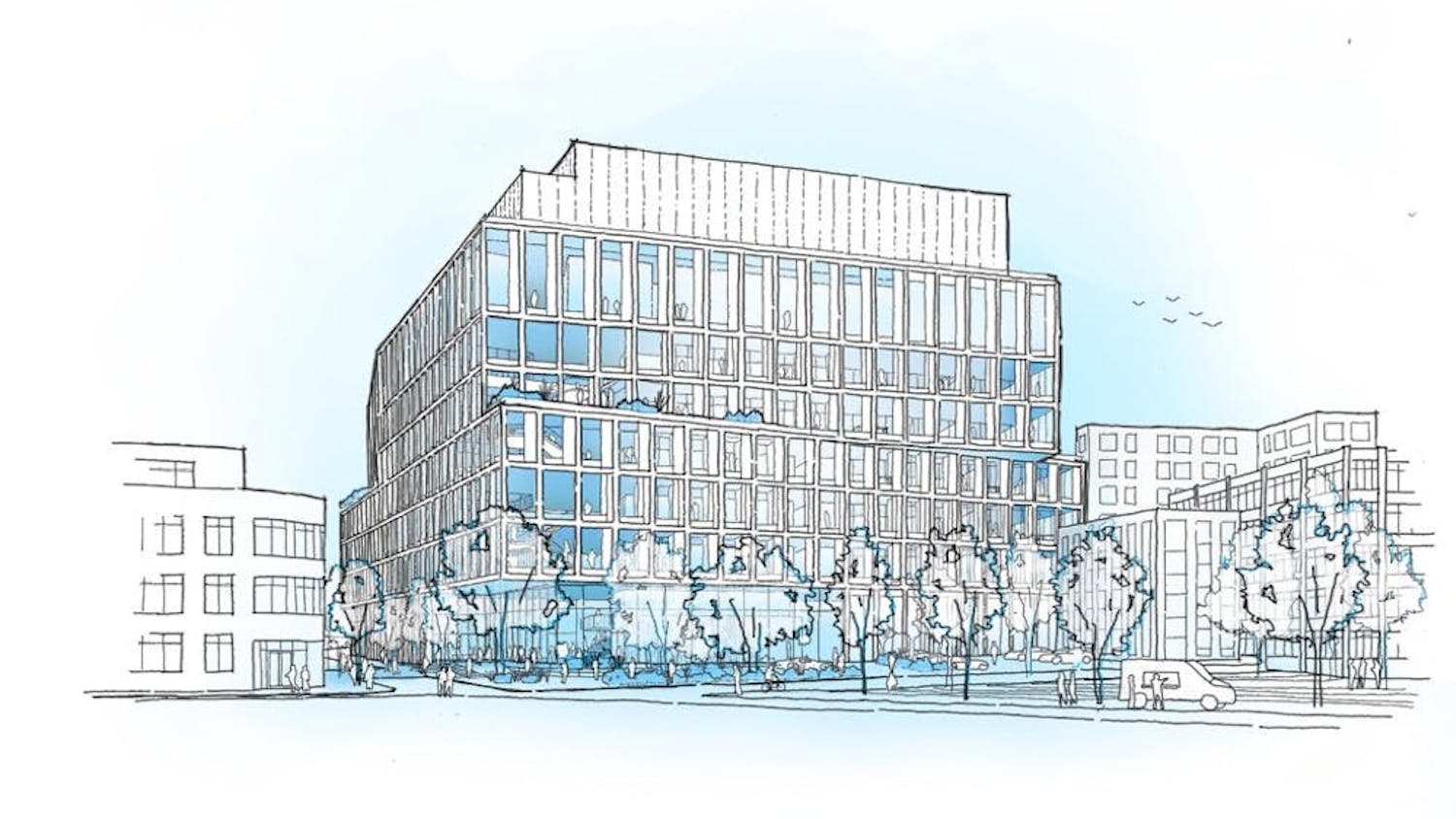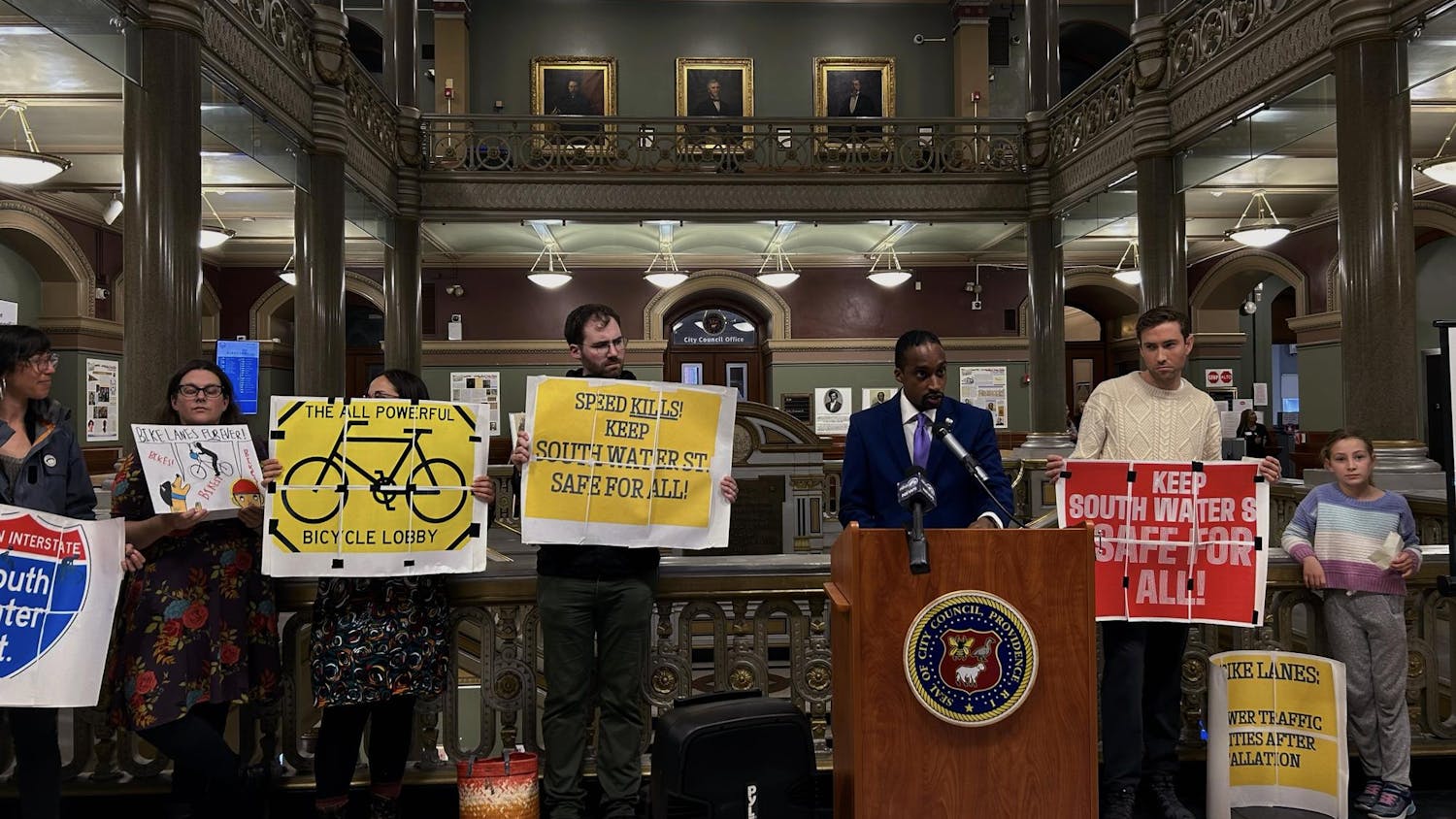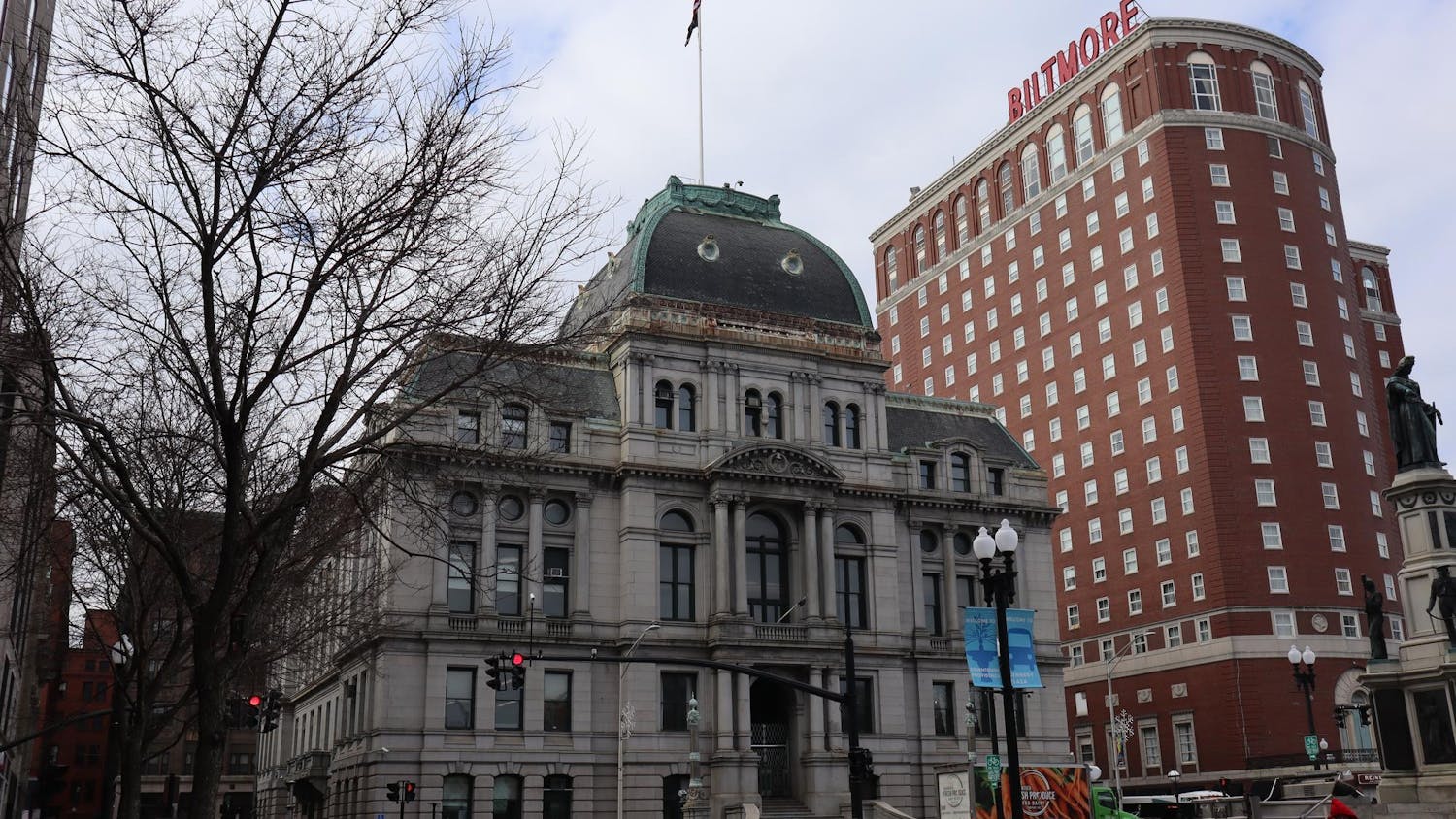A peek inside the massive door of WaterFire Providence’s new home in the Valley/Olneyville neighborhood reveals an expansive industrial interior. Bright sunlight streams through frosted windows, illuminating the wrought iron baskets, cords of wood and other equipment stacked throughout the 27,000-square-foot warehouse. WaterFire acquired this building in 2012. The organization is one of nine performing arts groups in Rhode Island that would receive grants totaling $23.1 million if R.I. ballot Question 5 passes Nov. 4.
The passage of Question 5 would enable the state to issue $35 million in bonds to support facilities improvements in these nine organizations. This sum would also fund state historic preservation and competitive grants managed by the Rhode Island State Council on the Arts, all of which would require benefitting organizations to match the grants with their own fundraising efforts.
The state preservation grants and RISCA competitive matching grants would total $5 million and $6.89 million, respectively.
Supporters of the measure emphasize Rhode Island’s reputation as a regional art hub and the anticipated economic benefit of supporting these sectors.
“We think the arts are an economic generator and a local differentiator,” said Laurie White, president of the Greater Providence Chamber of Commerce. “People want to come and live and spend money and work in areas where there’s a thriving arts and cultural scene to supplement their professional life,” she said. Providing economic support to arts organizations in Rhode Island will also strengthen its reputation as a local leader in those areas, she added.
WaterFire, which would receive $3.1 million, plans to use the funds to develop their new headquarters into a “permanent, visible home,” said Peter Mello, WaterFire’s managing director. The organization has never had a central location in Providence, and establishing a home was part of a “strategic plan … to sustain the organization long-term,” Mello said. WaterFire aims to incorporate other features into the space, including a visitors’ center and an arts education center intended for students from Providence’s public schools.
The Rhode Island School of Design Museum, which would be eligible to apply for a RISCA matching grant, has not yet made specific plans for how the money would be used, though it would likely be directed toward gallery renovations and “physical infrastructure improvements,” wrote director John Smith in an email to The Herald.
“This bond is really about jobs and the economy,” Mello said.
“WaterFire itself brings in a little over a million people a year,” he added. “More than 50 percent of those people come from outside of the state.” This statistic represents a decision to choose Rhode Island over “Boston or Cape Cod or Connecticut,” which results in an economic output of around $114 million annually, generating approximately $9 million of tax revenue and supporting 1,294 jobs, Mello said, referring to a 2012 economic impact report by the Army Corps of Engineers.
Randall Rosenbaum, executive director of RISCA, said he has not heard any “organized or disorganized opposition” to the measure, adding that the people who take pause tend to be those who “don’t want to spend money on anything.”
Some fiscally conservative groups, like the Rhode Island Center for Freedom and Prosperity, oppose the bond measure because of the state’s tight financial situation. The bond “would give preferential treatment to organizations in the arts industry by handing to them hard-earned taxpayer dollars, while other industries are left to survive on their own during these difficult economic times,” the center told WPRI.
While Rosenbaum said he understands this perspective, the measure is an “investment strategy for the state.” The historic preservation program benefited from similar bond initiatives in 2002 and 2004, which resulted in increased employment and economic activity, Rosenbaum said, adding that the RISCA grants would enable smaller arts organizations to address their capital needs and allow them to direct more money into programming and jobs.
The nine performing arts organizations estimate their capital improvements will create 600 temporary and 600 permanent jobs, in addition to “$47 million annually in increased economic activity,” Rosenbaum said.
“The arts in Rhode Island are a big business. They employ a lot of people and they generate a lot of downstream economic impact,” White said. This trend is as much the case in smaller towns around the state as it is within Providence itself, she said, adding that the projects are geographically dispersed because they attract people all over the state to “spend money, which puts money back into the community and back into people’s pockets.”
ADVERTISEMENT




